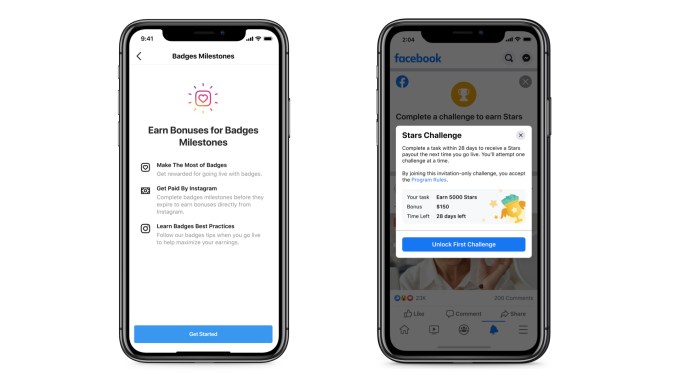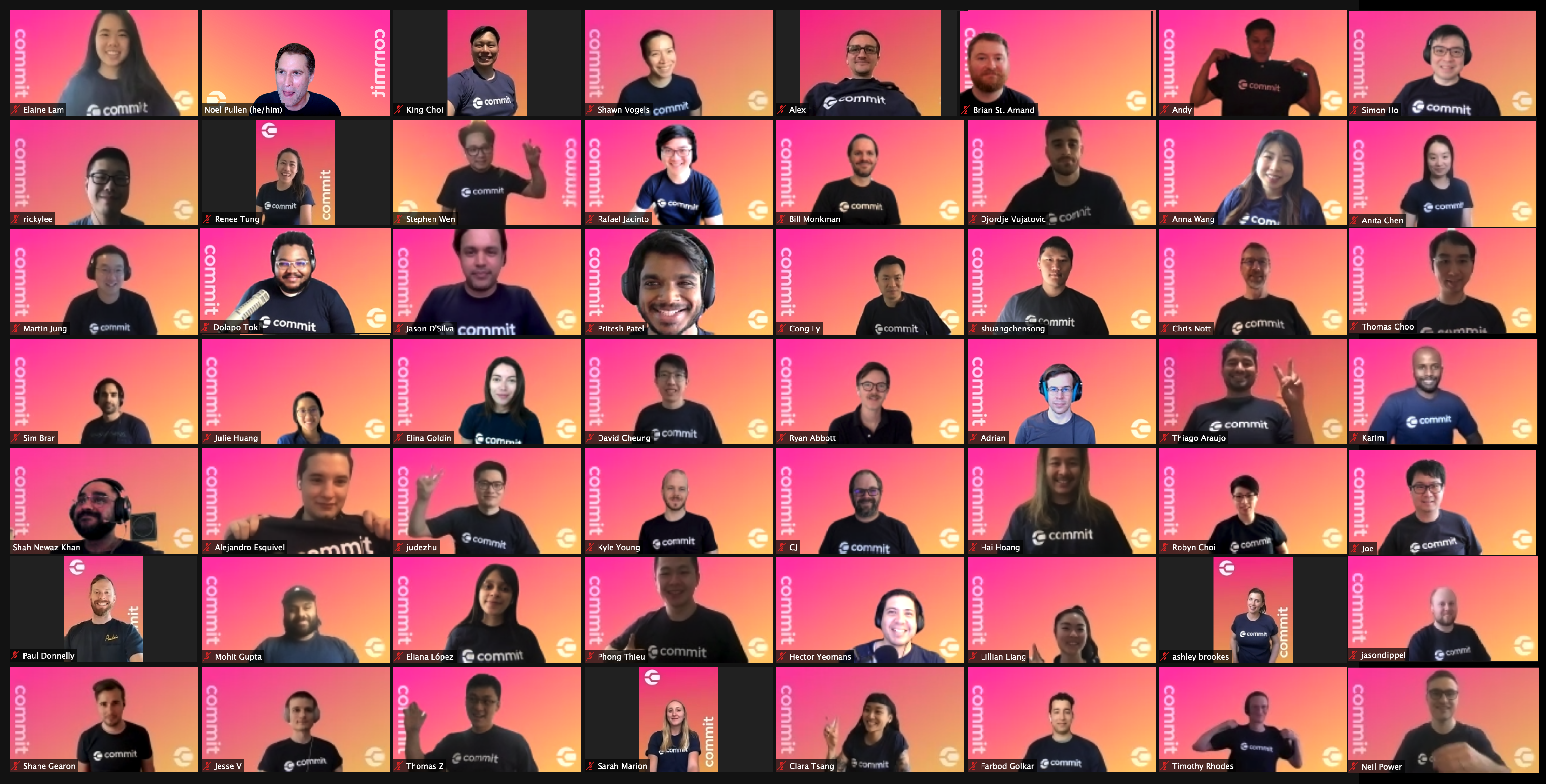The startup investing market is crowded, expensive and rapid-fire today as venture capitalists work to preempt one another, hoping to deploy funds into hot companies before their competitors. The AI startup market may be even hotter than the average technology niche.
This should not surprise.
In the wake of the Microsoft-Nuance deal, The Exchange reported that it would be reasonable to anticipate an even more active and competitive market for AI-powered startups. Our thesis was that after Redmond dropped nearly $20 billion for the AI company, investors would have a fresh incentive to invest in upstarts with an AI focus or strong AI component; exits, especially large transactions, have a way of spurring investor interest in related companies.
That expectation is coming true. Investors The Exchange reached out to in recent days reported a fierce market for AI startups.
The Exchange explores startups, markets and money.
Read it every morning on Extra Crunch or get The Exchange newsletter every Saturday.
But don’t presume that investors are simply falling over one another to fund companies betting on a future that may or may not arrive. Per a Signal AI survey of 1,000 C-level executives, nearly 92% thought that companies should lean on AI to improve their decision-making processes. And 79% of respondents said that companies are already doing so.
The gap between the two numbers implies that there is space in the market for more corporations to learn to lean on AI-powered software solutions, while the first metric belies a huge total addressable market for startups constructing software built on a foundation of artificial intelligence.
Now deep in the second quarter, we’re diving back into the AI startup market this morning, leaning on notes from Blumberg Capital’s David Blumberg, Glasswing Ventures’ Rudina Seseri, Atomico’s Ben Blume, and Jocelyn Goldfein of Zetta Venture Partners. We’ll start by looking at recent venture capital data regarding AI startups and dig into what VCs are seeing in both the U.S. and European markets before chatting about applied AI vs. “core” AI — and in which context VCs might still care about the latter.
Hot, expensive, crowded
The exit market for AI startups is more than just the big Microsoft-Nuance deal. CB Insights reports that four of the largest five American tech companies have bought a dozen or more AI-focused startups to date, with Apple leading the pack with 29 such transactions.





